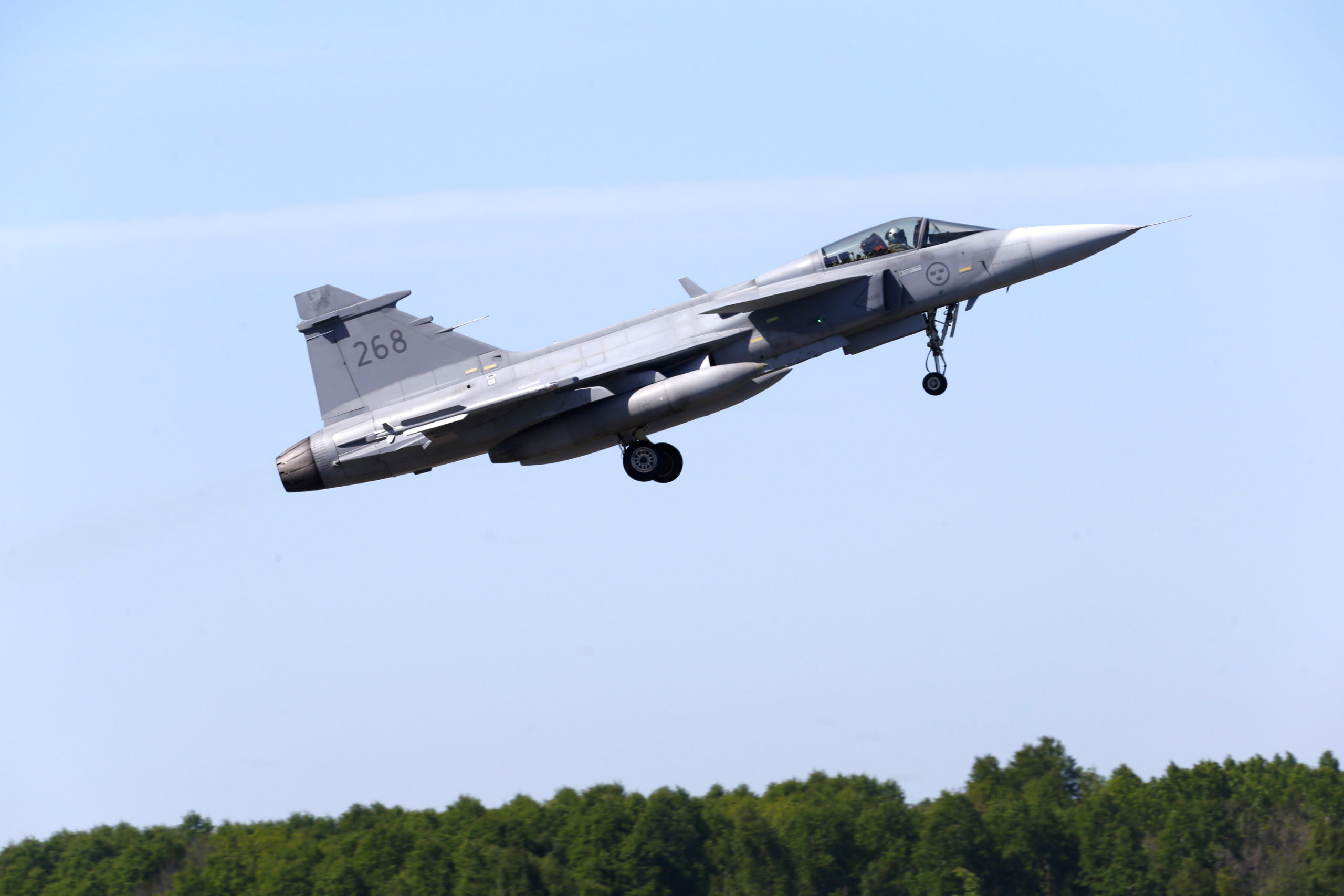Nordic countries plan joint air defense to counter Russian threat
"Our combined fleet can be compared to a large European country."

COPENHAGEN — Air force commanders from Sweden, Norway, Finland and Denmark said on Friday they have signed a letter of intent to create a unified Nordic air defense aimed at countering the rising threat from Russia.
The intention is to be able to operate jointly based on already known ways of operating under NATO, according to statements by the four countries’ armed forces.
The move to integrate the air forces was triggered by Russia’s invasion of Ukraine in February last year, commander of the Danish air force, Major General Jan Dam, told Reuters.
“Our combined fleet can be compared to a large European country,” Dam said.
Norway has 57 F-16 fighter jets and 37 F-35 fighter jets with 15 more of the latter on order. Finland has 62 F/A-18 Hornet jets and 64 F-35s on order, while Denmark has 58 F-16s and 27 F-35s on order. Sweden has more than 90 Gripen jets.
It was unclear how many of those planes were operational.
The signing at the Ramstein Air Base in Germany last week was attended by NATO Air Command chief General James Hecker, who also oversees the U.S. Air Force in the region.
Sweden and Finland applied to join the trans-Atlantic military alliance last year. But the process has been held up by Turkey, which along with Hungary has yet to ratify the memberships.
The Nordic air force commanders first discussed the closer cooperation at a meeting in November in Sweden.
“We would like to see if we can integrate our airspace surveillance more, so we can use radar data from each other’s surveillance systems and use them collectively,” Dam said. “We are not doing that today.”
Additional reporting by Terje Solsvik, Niklas Pollard and Anne Kauranen.
This article has been fact-checked by Arctic Today and Polar Research and Policy Initiative, with the support of the EMIF managed by the Calouste Gulbenkian Foundation.
Disclaimer: The sole responsibility for any content supported by the European Media and Information Fund lies with the author(s) and it may not necessarily reflect the positions of the EMIF and the Fund Partners, the Calouste Gulbenkian Foundation and the European University Institute.
